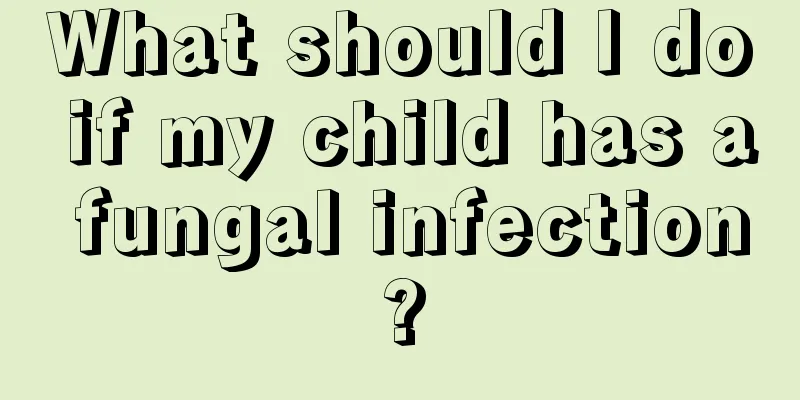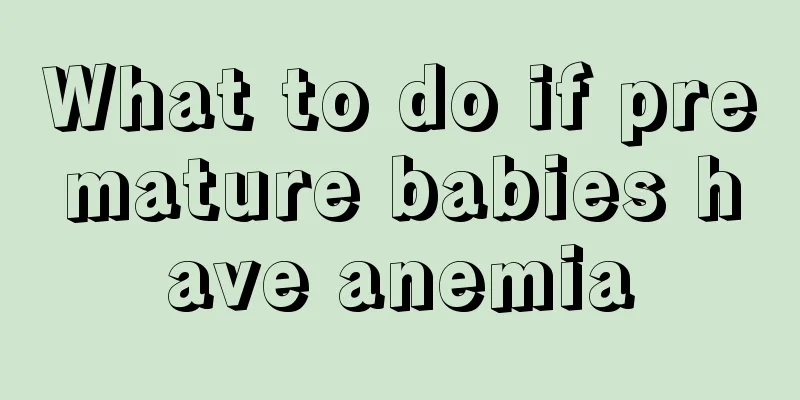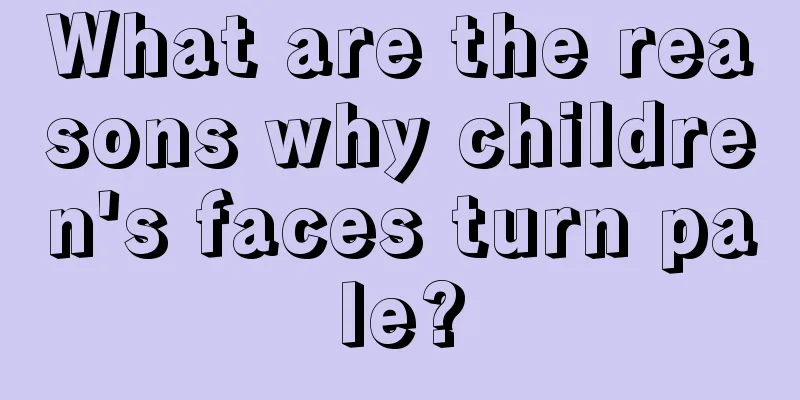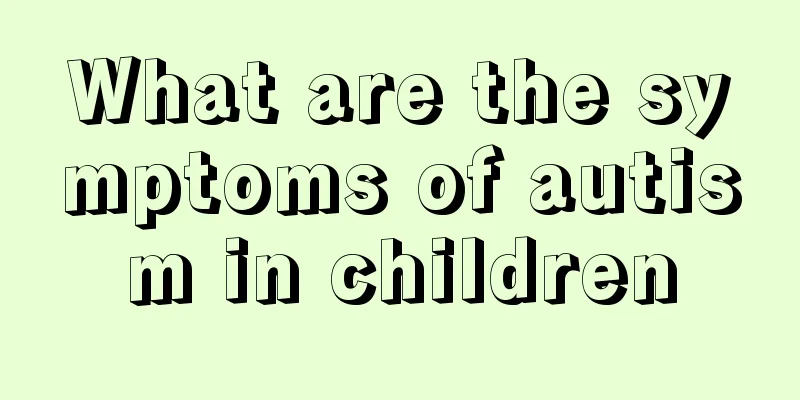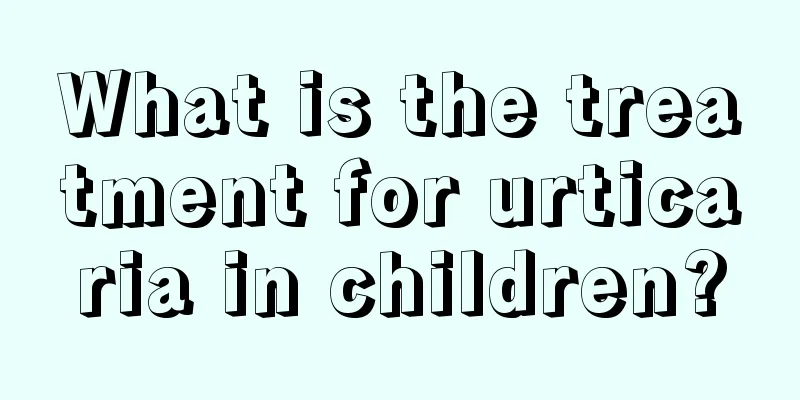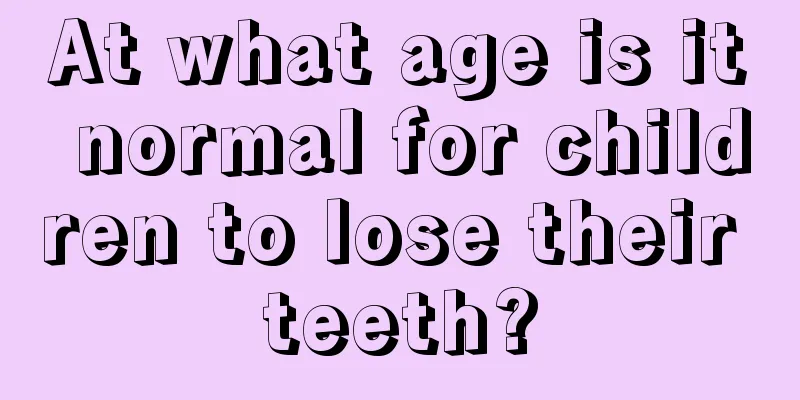Congenital missing permanent teeth

|
Teeth are an organ that the human body uses to chew food. They can also protect our tongue and mouth, and play a very important role in the human body. There are many types of teeth, such as large incisors, canines, and permanent teeth, etc. Some people may have missing permanent teeth. This situation has some impact on the human body. So what are the effects of congenital missing permanent teeth? Let me introduce it to you below. The impact of congenital permanent tooth loss 1. The integrity of the dentition is destroyed: If a missing tooth is not repaired for a long time, the adjacent teeth will become tilted due to the loss of support and restraint, which may easily cause jaw dysfunction. 2. Alveolar bone atrophy: After tooth loss, the normal occlusal force no longer provides physiological stimulation to the alveolar bone. The alveolar bone will atrophy to varying degrees due to disuse, and this will bring great difficulties to the subsequent denture restoration and maintaining the balance and stability of the oral and maxillofacial region. 3. Decreased chewing function: After tooth loss, the remaining teeth undergo a series of changes, which changes the originally good bite-jaw relationship. Since the effective functional area between the remaining teeth is reduced accordingly, the chewing efficiency is reduced. 4. Food impaction: Normal teeth are arranged very closely. When adjacent teeth move, gaps will appear between teeth, which makes it easy for food to be impacted in the gaps between teeth, causing bad breath, caries, periodontal disease, etc. 5. Tooth loss: Since the teeth on the left and right sides of the missing tooth cannot obtain their original supporting pressure, they will become tilted in the gums, causing the teeth to gradually loosen and cause some teeth to fall out. 2 Treatment of congenital permanent tooth loss 1. Early diagnosis of missing teeth can lead to multidisciplinary collaboration to determine treatment methods as early as possible. Patients should start treatment at a young age. The patient and parents should be informed of the treatment situation and purpose before treatment. 2. The choice of treatment generally depends on the severity of congenital missing teeth. A range of treatments are required involving pediatric, orthodontic and prosthodontic specialists. 3. When making a treatment plan, many influencing factors should be considered, including: patient age, number and health of remaining teeth in the mouth, number of missing teeth, caries condition, health of supporting tissues, jaw relationship and intermaxillary space, etc. 4. The following treatment methods can be considered in the treatment plan, which play an important role in the overall treatment of congenitally missing teeth. (1) If crowding is expected, deciduous teeth should be removed promptly to allow the space to close naturally, thus reducing the need for subsequent interventional treatment; (2) Ectopic teeth may require surgical exposure to promote eruption and orthodontic traction; (3) Removal of thick frenulum and crown lengthening will facilitate the expected fixed restoration in the future; (4) To facilitate orthodontic and restorative treatment, low-positioned deciduous teeth need to be extracted; (5) Orthodontic treatment includes the application of functional appliances, removable or fixed appliances to close or redistribute the space. 5. Resin-bonded fixed partial dentures and bone-integrated implants are used in patients with mild to moderate congenital hypodontia. Treatment planning includes careful consideration of the patient's oral hygiene, socioeconomic background, and compliance. Preoperative orthodontic treatment is required to align the teeth, create appropriate spacing and establish a prediction of the ideal axial inclination of the adjacent teeth next to the implant. |
<<: Does children's teeth grinding indicate calcium deficiency?
>>: Is the baby's late teething due to calcium deficiency?
Recommend
What should I pay attention to when my child has watery beans?
Chickenpox is a common disease in children during...
How to deal with yellow discharge from baby's ears?
The ears are the organ that allows us to hear, so...
Normal weight for 12-year-olds
Maybe we are not very familiar with the growth an...
Internal and external treatment methods for baby contact dermatitis
Baby contact dermatitis is a skin disease that se...
Two-year-old baby has bad breath
Two-year-old babies have heavy breath, which is a...
What causes redness around the child's mouth?
Children are more naughty and often have traces o...
What should I do if my child has pain when urinating?
When your child encounters pain when urinating, y...
What should I do if my baby has a stuffy nose before one month old?
Many mothers will encounter times when their babi...
Conservative treatment of adenoid hypertrophy in children
Adenoids hypertrophy is a very common disease. Th...
What should I do if my baby has perineal eczema?
Eczema is the most common disease in children. Th...
What to do if a fish bone gets stuck in your throat
When many parents feed their babies fish, if they...
What is the cause of the baby's geographic tongue?
When a baby is sick, it is necessary to understan...
Nursing of children with elevated platelets
The child's platelet count was elevated and h...
Can infants and young children with roseola take a bath?
Most infants and young children will develop rose...
Baby allergy diarrhea symptoms
Many people will encounter allergy problems in li...
